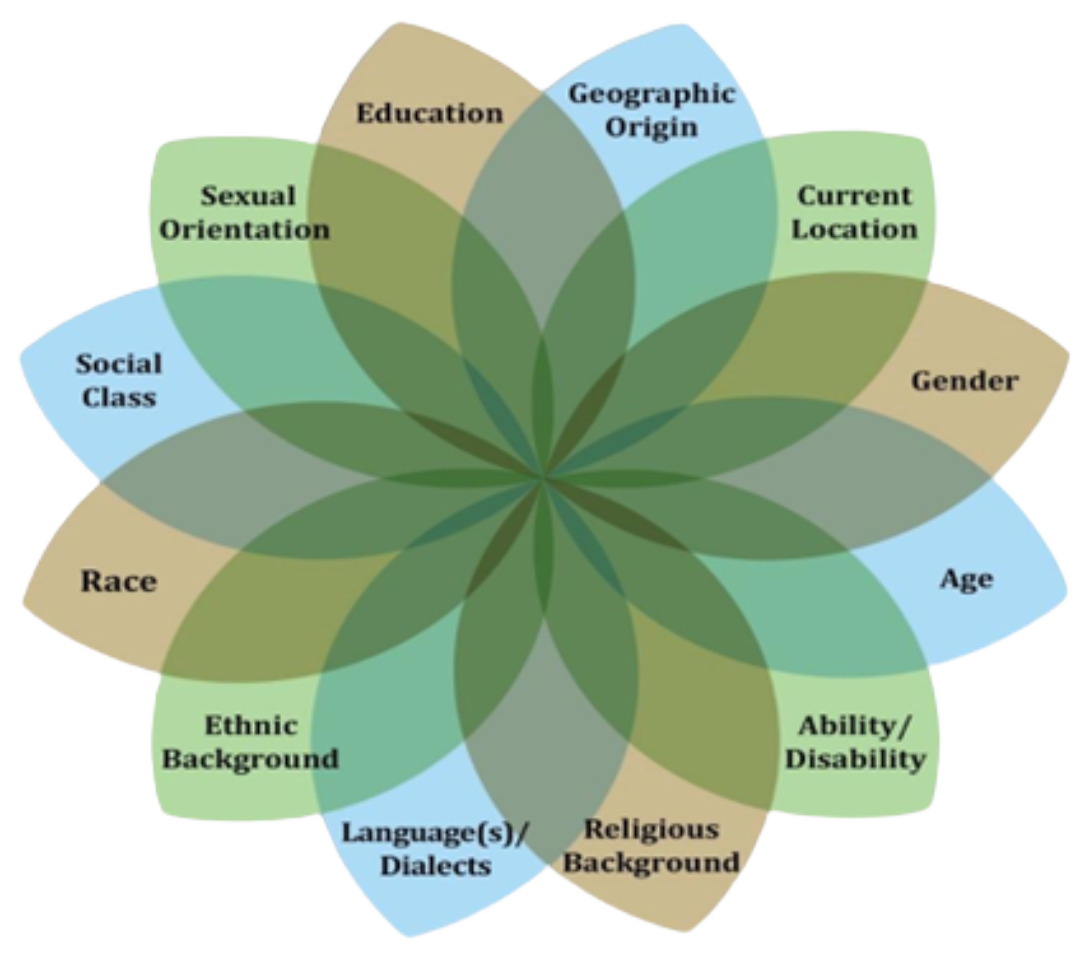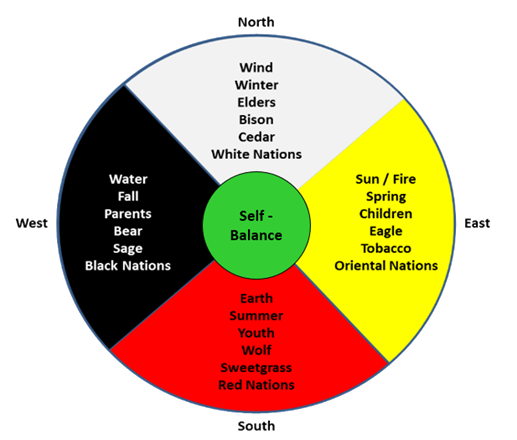Research
Guiding Frameworks
Equity Framework

Monica Riutort, Peel Institute on Violence Prevention, 2015
Adopted form Integrated Life Course and Social Determinants Model of Aboriginal Health, Charlotte Loppie 2009
Let’s Break it Down
Social Determinants of Health
Types of Determinants
Proximal: most immediate behavioural and environmental factors to the individual, such as their language or social class.
Intermediate: community infrastructures, systems, resources, and capacities
Distal: historic, social, political, and economic factors, such as patriarchy and racism.

What do we Need to Consider When Talking About Equity?
1. Gender
Gender has become an underlying basis for discrimination in many societies (WHO 2010). Women and girls have unfortunately borne the majority of the negative health effects from the socially constructed modes of masculinity, although men and boys too suffer from adverse health consequences (WHO 2010).
2. Race
Race is used to refer to social groups that often share an ancestry and cultural heritage (WHO 2010). The process of creating races as different, real, and unequal in the manner that it impacts social, economic, and political life is called Racialization (Levy et al. 2013). In the process of constructing race, one group benefits by dominating other group.
3. Racism
Racism, a social determinant of health, is the main cause of racialized health inequities that is expressed through multiple pathways (Vissandjee et al. 2001; Levy et al. 2013). For instance, racism causes stresses, including stress of discrimination; this psychological impact then initiates detrimental biological and physiological processes in the endocrine, immune, and cardiovascular systems (Bourassa et al. 2004; Levy et al. 2013).
4. Colonialism
Colonialism is defined as the governing influence or control of a nation over a dependent people, territory, or country. It can also be defined as the policy or system that is used by a nation to maintain or advocate such influence or control (Czyzewski 2011). Colonialism results in social exclusion where certain groups are denied equal opportunity to participate in Canadian life. The people most likely to experience social exclusion are First Nations, recent immigrants, Canadians of colour, women, and people with physical and mental disabilities (Mikkonen and Raphael 2010).
Putting it all together → Intersectionality:
We can say that the overall health and well-being status of an individual cannot be determined by looking at only one determinant of health and well-being, but rather, in order to fully understand the status of an individual, multiple determinants impacting the individual must be recognized.
• Intersectionality tries to capture the combined experience at the axis of two or more social identities.
• It assumes complexity in health and social outcomes. Always caused by numerous contributing factors.
• Systems of privilege and oppression (racism, sexism, etc. ) maintain disparities at the point of intersection
• This is especially true for historically oppressed groups

An additional guiding principle, the Indigenous Wheel of Health
The medicine wheel is a significant symbol in many Indigenous cultures across Canada, representing the interconnectedness of all life and the cyclical nature of existence. It serves as a guideline to consider emotional, spiritual, mental and physical health as key components of overall well-being.
The medicine wheel is a significant symbol in many Indigenous cultures across Canada, representing the interconnectedness of all life and the cyclical nature of existence. It serves as a guideline to consider emotional, spiritual, mental and physical health as key components of overall well-being.

Our Research Areas of Interest

● Determinants of social and health well-being
● Administrative data collection, summary, and analysis.
● Benefit community members of relevant target groups in practical ways by generating innovative training programs, evaluation, methodologies, approaches, and tools.
● Trauma counselling.
● Leadership training and employment for marginalized groups.
● Violence prevention, reduction, and elimination.
● Knowledge mobilization/dissemination activities with ensuring anonymity and confidentiality of participants of programs or research studies.
● Human rights.
● Capacity building for service providers, clients, staff, and communities/ organizations/
However, as we expand and grow, so do our areas of interest! Stay up to date with what we research by subscribing to our newsletter.
Research methods we use:
A. Participatory Action Research (PAR)
PAR is a research approach where researchers and participants work together to identify a problem, develop solutions, and take action to address it. Unlike traditional research, where researchers study participants, PAR involves the community in every step of the process, making them co-researchers. It emphasizes collaboration, empowerment, and practical outcomes that directly benefit the participants and their communities.


B. Qualitative research
Qualitative research is a type of research that explores people’s experiences, thoughts, and feelings in-depth. It focuses on understanding the “why” and “how” behind behaviors or situations, often through methods like interviews, focus groups, and observations. Instead of using numbers, it gathers detailed, descriptive data to provide a deeper understanding of complex issues or social phenomena.
C. Quantitative research
Quantitative research is a type of research that focuses on collecting and analyzing numerical data. It uses statistics, surveys, experiments, or measurements to identify patterns, relationships, or trends. The goal is to quantify a problem or phenomenon and make generalizations based on the data collected. This approach is often used to test hypotheses or make predictions.


D. Developmental evaluation
Developmental evaluation is an approach to evaluation that helps guide projects or programs in complex, evolving environments. Instead of simply measuring success, it focuses on learning and adapting during the process. It supports innovation by providing real-time feedback, allowing teams to adjust strategies and make informed decisions as the project unfolds. This approach is often used in projects that are trying new or innovative solutions to address complex challenges.

